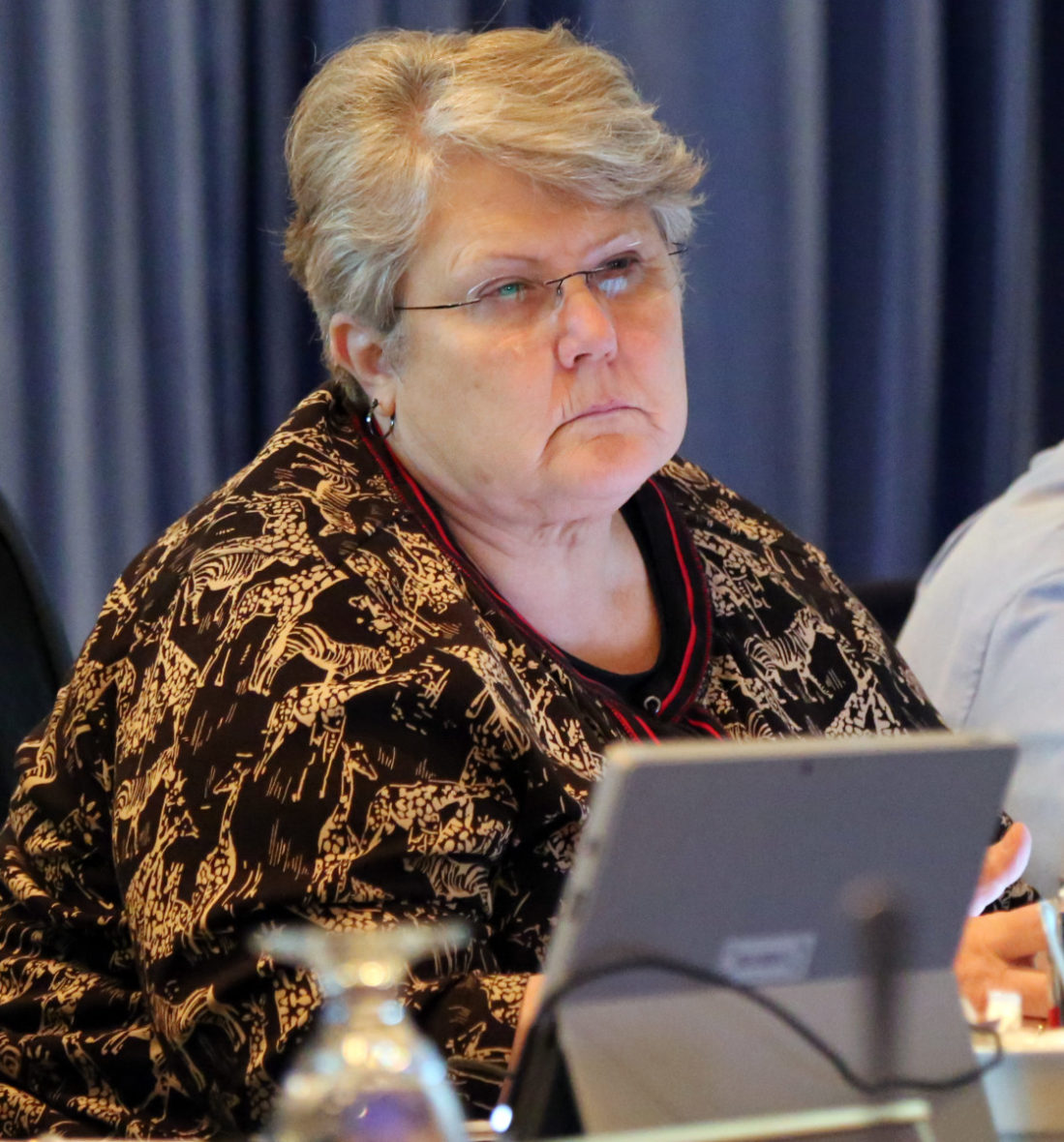Idaho high school juniors are more likely to miss the two “college-readiness” benchmarks on the SAT than hit both benchmarks.
Only 32 percent of juniors met the SAT benchmarks, down from 33 percent a year ago.
Idaho released the April SAT scores last week, and the news isn’t encouraging. Idaho’s free “SAT Day” allows high school juniors a chance to see if they’re ready for college. SAT Day also takes a snapshot of Idaho high schoolers — 13 months before graduation day.
The SAT Day results illustrate the challenges facing Idaho, as it hopes to boost its lackluster college graduation rates.
SAT scores …
The SAT is one of the nation’s best-known and most widely used college-entrance exams. The two-part exam covers math and evidence-based reading and writing. Each section carries a maximum score of 800, so a 1,600 is a perfect SAT score.
But college- and career-readiness is a more useful metric. The College Board, the SAT’s vendor, defines “readiness” as a 75 percent chance of earning at least a C in introductory college courses. The magic numbers: a 480 in reading and writing and a 530 in math.

The test and its benchmarks have value, said State Board of Education President Linda Clark, because the SAT has been around for decades and is widely accepted in the higher education community. The test scores are an indicator of college readiness, but just one indicator.
“I’m always concerned about a single measure,” said Clark, a former superintendent in the West Ada School District. “I like to think of it as one measure of preparedness.”
… and SAT Day
Each April, high school juniors can take the SAT, and the state will pay the cost. This enables a student to knock out a graduation requirement — all high school students must take a college-entrance exam anyway — and get a sense of whether they’re college ready.
Since the test is free for students, SAT Day is a big draw. All told, 19,323 juniors took the SAT in April, or about 89 percent of eligible students. And this year, the number of students taking the SAT increased by nearly 7 percent, and state superintendent Sherri Ybarra said the larger sample size explains this year’s stagnant test scores.
But when almost every Idaho high school junior takes the same college-entrance exam on the same day, the results provide a good deal of insight into how this class stacks up.
And measured against the college- and career-readiness benchmarks, this year’s scores dropped slightly from 2016 — just as the state hopes to see more high school graduates continue their education, either by pursuing a career-technical certificate or a two- or four-year college degree.
The achievement gap

To be sure, there are pockets of success. At the Meridian Technical Charter High School, 78 percent of juniors met both benchmarks. At three other charter schools, at least 70 percent of juniors exceeded the benchmarks. Sixty-three percent of Boise High School’s juniors hit the benchmarks, tops among Idaho’s traditional high schools.
But the high achievers share a unifying thread. Almost all of them enjoy demographic advantages.
At Boise High School, only 18 percent of students qualify for free or reduced-price lunch, a measure of student poverty. By contrast, nearly 49 percent of students statewide are eligible for lunch subsidies. The numbers are even more stark at West Ada’s Eagle High School; 52 percent of juniors hit both SAT benchmarks, and only 11 percent of students qualify for free or reduced-priced lunch.
Many of the top-performing charter schools don’t take part in the federal free- and reduced-price lunch program. Idaho charter schools are drastically less diverse than traditional public schools, a fact that draws fire from charter school opponents.
The one SAT Day outlier: the tiny Midvale High School, where 60 percent of juniors hit the College Board benchmarks, and 57 percent of students qualify for lunch subsidies.
A focus on preparedness
The SAT can help identify students who are more likely to succeed in college. But because SAT Day falls at the end of the 11th grade, there isn’t much a school can do to help a student cram for the rigors of college.
“It’s pretty late,” Clark said. “That’s why we need to look at the big picture.”
Clark co-chairs a gubernatorial task force on higher education — formed to confront a lofty and elusive goal. Idaho wants 60 percent of its 25- to 34-year-olds to hold a postsecondary degree or certificate. In 2015, only 42 percent of 25- to 34-year-olds held a degree or certificate, and the task force has abandoned the 2020 target date that the State Board first set in 2010.
Clark expects the task force to address the student preparedness issue on several fronts. That might mean looking at whether students have the academic grounding and the “soft skills” to succeed beyond high school. That will mean reaching out to Idaho’s Indian and Latino communities, to look for ways to bridge achievement gaps.
But, she said, it also means discussing the big-ticket item facing the task force — building a college system that is more accessible and affordable. If Idaho is going to attract an additional 40,000 college students — which it will need to do to hit its “60 percent goal” — that will mean serving students who don’t fit into the existing college system.
“We perhaps need to think of the demographic nature of the 40,000 that’s missing,” task force co-chair Bob Lokken said at the group’s June 9 meeting.
Idaho Education News data analyst Randy Schrader contributed to this report.
More reading: A deeper dive into the latest SAT numbers.
